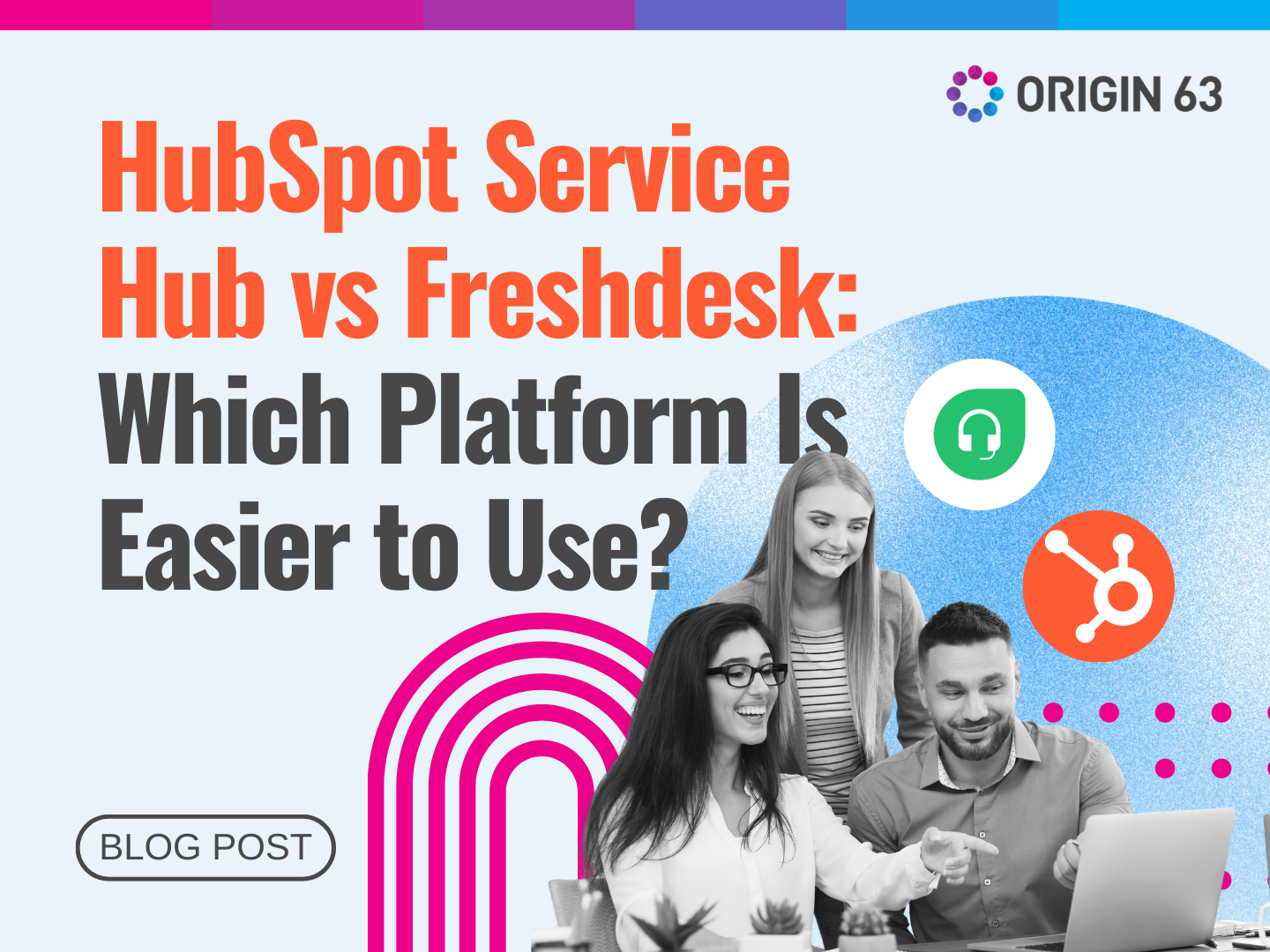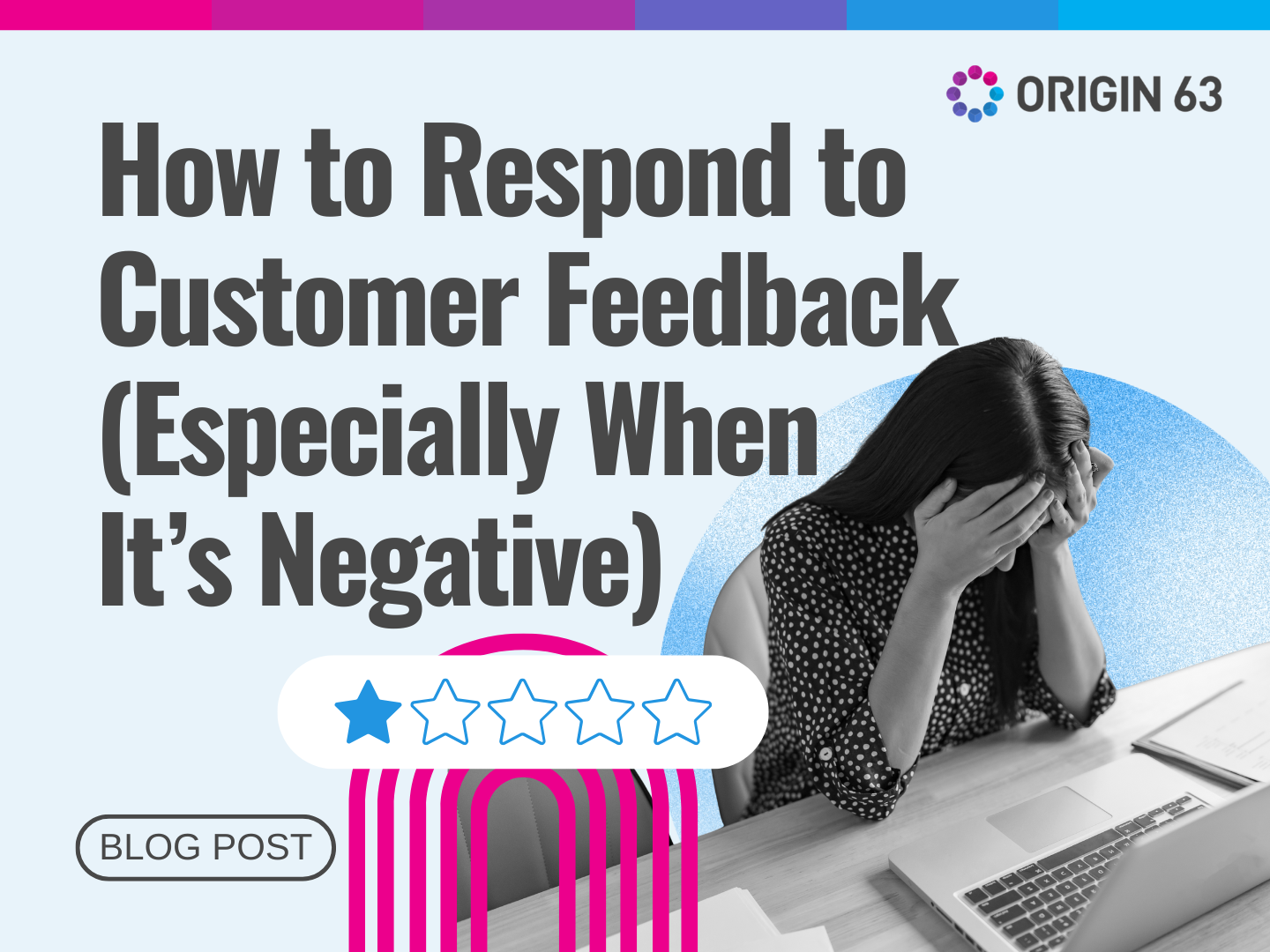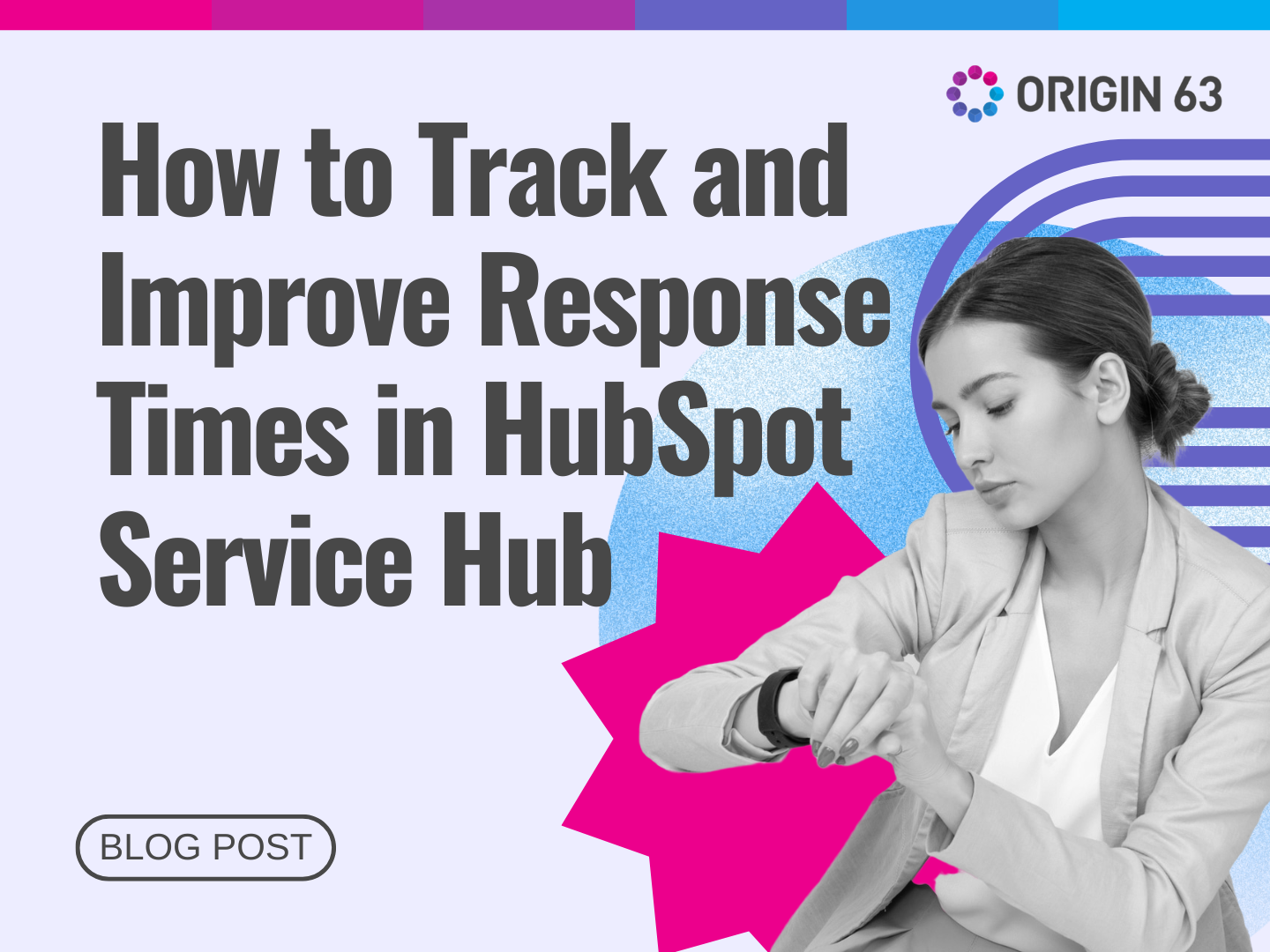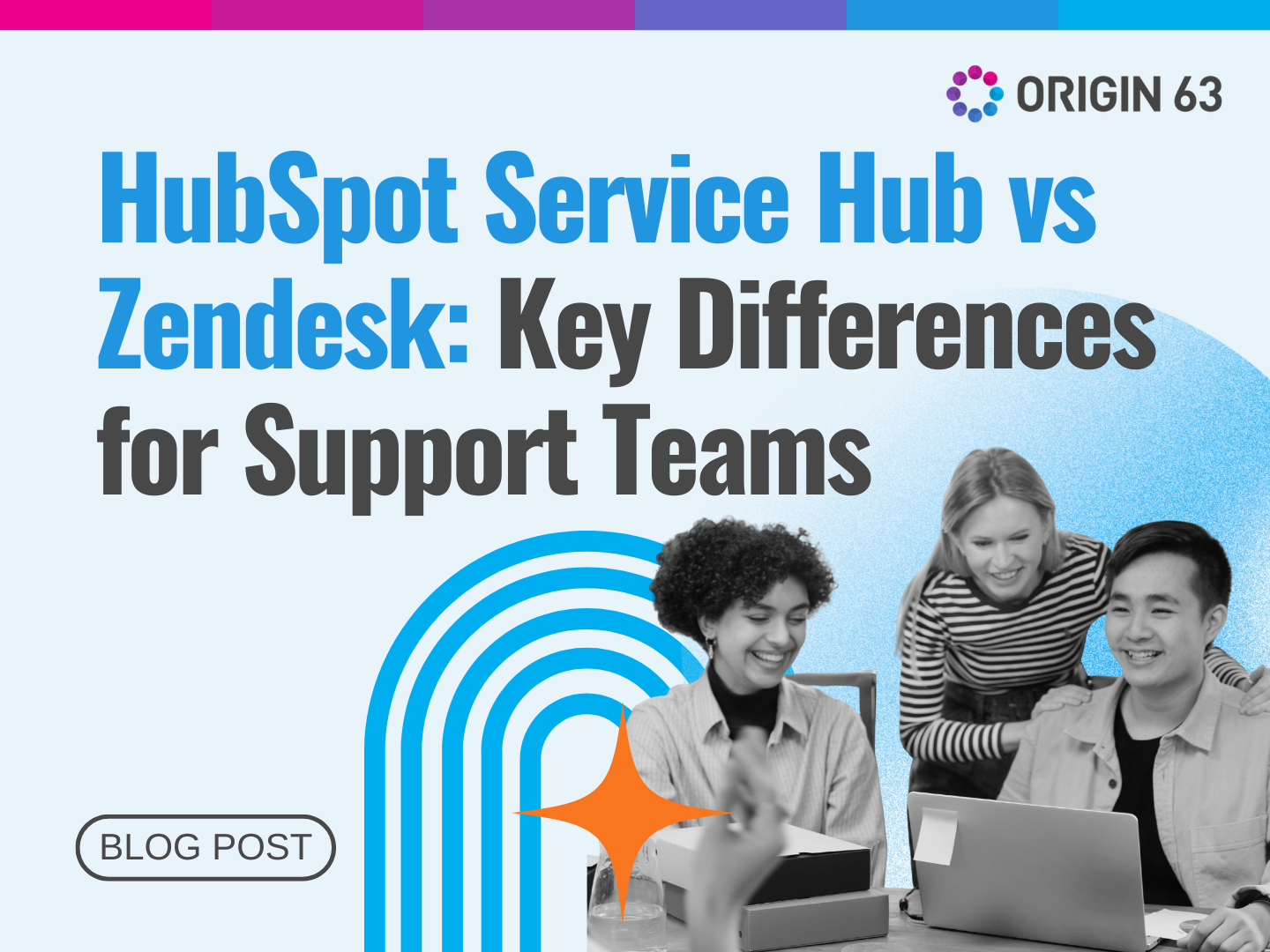If you want your marketing and sales messages to feel more personal and reach the right people at the right time, Breeze Intelligence can help. Breeze gives your team better data about the people and companies in your CRM.
This tool shows you who’s visiting your website and what interests them, and fills in missing details like job title, company size, and industry. Then, you can send the right message to the right person at the right moment.
In this guide, we’ll show you how to use Breeze Intelligence to make your campaigns and outreach more personal, relevant, and effective.
What Breeze Intelligence Does for Personalization

Breeze Intelligence helps your team understand your leads better. It does this in two main ways. First, it fills in missing details about your contacts and companies. It also shows you which companies visit your website and what they’re looking at.
Sending the right message to the right people is easier. You’ll know things like a person’s job title, company size, and industry, and which pages they’ve viewed on your site, so you can personalize emails, ads, and follow-ups based on what matters to them.
These tools help your team focus on the best-fit leads and send messages that feel more helpful and specific.
That’s important because only 5% of salespeople say the leads they get from marketing are very high quality. When your data is stronger, your leads improve, and your messages feel more personal.
Here’s a quick breakdown of what Breeze includes:
- Data enrichment: Automatically adds missing info to contacts and companies in your CRM, like job titles, industries, and company size.
- Buyer intent tracking: This helps you see which companies are visiting your site and what pages they’re viewing so you can follow up based on their interest.
With these tools working together, your campaigns and outreach can feel more relevant, timely, and likely to turn into real conversations.
Why Personalization Matters for Marketing and Sales
Personalization isn’t just about using someone’s name in an email. It’s about making your message feel like it was made just for them, based on who they are, what they need, and where they are in their journey.
When you do this well, people are likelier to open your emails, click your ads, and respond to your sales team. It shows that you understand them, not just that you want to sell something.
Only 44% of companies use lead scoring systems to sort and prioritize leads. That means most teams are still sending the same message to everyone, even when some people are ready to talk and others aren’t.
Breeze gives you real signals, like:
- What company does someone work for
- What they’ve looked at on your website
- If they fit your ideal customer profile
- If they’re showing signs of buying interest
When you use this information to adjust your messaging and timing, your outreach feels less random and more helpful. Instead of “just following up,” your team can say, “I saw you checked out our pricing page twice this week—happy to answer any questions.”
This message gets better results because it’s timely, relevant, and based on real behavior, not guesswork.
How to Use Enriched Data to Personalize Campaigns

This section breaks down how Breeze’s enriched data can help you tailor your marketing to the right people, with the right message. It’s all about better targeting, smarter segmentation, and campaigns that feel more personal, without more manual work.
1. Build Segmented Lists That Make Sense
When your CRM is missing job titles, company size, or industry info, it’s hard to send targeted messages. Breeze solves that by automatically adding these details to your records.
Once enriched data is in place, you can:
- Send content only to decision-makers (like CEOs or Heads of Marketing)
- Build campaigns by industry (tech, education, retail, etc.)
- Group leads by company size and adjust your messaging to match (startups vs. enterprises)
For example, you might send a lean, quick-read product intro to small teams, but a more detailed, feature-heavy email to large companies that need deeper solutions. This helps avoid the one-size-fits-all approach that often gets ignored.
2. Use Personalization Tokens in Emails, Pages, and Ads
Personalization tokens let you insert things like a person’s job title, company name, or industry into emails or landing pages. Breeze ensures those fields aren’t empty or wrong by automatically enriching them.
Once enriched, you can do things like:
- Say “Hi Maria, here’s how teams like [Company Name] use [Product Name]”
- Show different messaging on a landing page depending on someone’s job title
- Customize ad copy to mention their industry
The results are messages that feel tailored, not like they’re going to a random list.
This kind of attention matters because 42% of sales reps say poor lead quality is one of their biggest complaints. Enrichment helps your message reach the right people, not just more people.
3. Trigger Smarter Workflows with Enriched Fields
Workflows become more powerful when they’re based on good data. With enriched fields, you can set up more personal and better-timed automation.
Here’s how you can use it:
- Enroll people in different email sequences based on their industry or job title.
→ For example, send a “getting started” guide to small business owners, and a more advanced onboarding to IT directors.
- Assign new leads to the right sales rep based on company size or region.
→ Reps can focus on the accounts that make sense, instead of sorting through everyone.
- Send follow-ups only to leads that match your ideal customer profile.
→ You save time and avoid bothering people who aren’t a good fit yet.
This kind of targeting helps your automation feel more human because it’s based on something real. It also frees your team up from manual tasks while ensuring your messaging stays personal and relevant.
How to Use Buyer Intent to Time Outreach

Most visitors don’t fill out a form on their first visit, but that doesn’t mean they’re not interested. Breeze’s buyer intent tracking helps your team know which companies are checking out your site and what pages they’re looking at, even if they haven’t contacted you yet.
This gives your sales team a chance to reach out at the perfect time when a lead is actively researching and ready to hear from you.
And timing matters. There’s an 80% drop in lead qualification success for 5-minute and 10-minute response times. That’s why spotting intent early makes a big difference.
Here’s how to use buyer intent in a smart, helpful way:
1. Spot High-Intent Companies Early
Breeze shows you which companies are visiting pages like Pricing, Product, or Contact—but haven’t filled out a form yet.
You can:
- See what company they’re from, even if the visitor stays anonymous
- Track how often they’ve visited and what pages they viewed
- Focus only on companies that match your ideal customer profile
This helps your team spend time on the right leads—ones already showing interest—without waiting for a form submission.
2. Set Up Alerts and Auto-Add Hot Accounts
Once you’ve defined what counts as intent (e.g., two visits to the pricing page in a week), you can set Breeze to alert your team and automatically add those companies to your CRM.
You can:
- Auto-add high-interest companies to your CRM or a specific list
- Trigger notifications to your sales tea
- Start workflows when intent signals appear (like sending a “Ready to talk?” email)
This means no one has to dig through reports daily to find good leads—Breeze does it for you.
3. Use Behavior to Guide Outreach
Buyer intent isn’t just about who visited—it’s about what they looked at. Sales teams can use this to tailor their follow-up messages in a helpful, not pushy way.
For example:
- “Hi Sam, I noticed your team looked at our pricing and integrations pages this week. Happy to walk you through both if you’re exploring options.”
- Or: “Looks like your company checked out our enterprise features—want to hop on a quick call?”
These messages are short, personal, and based on real behavior. They cut through the noise, often leading to faster replies and better conversations.
How to Set Up Buyer Intent in Breeze Intelligence

Breeze’s Buyer Intent tool helps you spot which companies are visiting your website and which are most likely to buy. Before your team can use those insights, you’ll need to set up a few things inside HubSpot.
Here’s a step-by-step guide to help you get started.
Step 1: Make Sure Your Tracking Code Is Installed
Buyer intent works by tracking visitors to your website. For that to work, the HubSpot tracking code needs to be on every page you want to monitor.
To check if it’s set up:
- Go to Marketing > Buyer Intent in HubSpot
- Click the Configuration tab
- In the Tracking Code section, click Check Code Installation
If the code is installed correctly, you’ll see a message that says "Receiving events." You may also need a cookie banner on your website to stay compliant with privacy laws. Ask your developer to help if you’re not sure.
Step 2: Set Buyer Intent Permissions
Only users with the correct permissions can configure buyer intent.
To turn on permissions:
- Go to Settings > Users & Teams
- Click on the user’s name
- Click the Access tab > Edit permissions
- Search for Buyer Intent, then turn it on
Step 3: Create Your Target Markets
Target markets help you focus on the companies that matter most to your business.
To set them up:
- Go to Marketing > Buyer Intent > Configuration
- Click Add Target Market
- Choose filters like industry, company size, country, or keywords
- Save your target market
This ensures you’re only seeing signals from companies that fit your ICP (ideal customer profile).
Step 4: Define Intent Criteria
Intent criteria help Breeze decide which companies are showing interest based on their website activity.
To set your criteria, go to the Intent section in Configuration
- Click Add Intent Criteria, then choose a page path (like /pricing or /features)
- Set the number of visits or visitors needed to count as intent
- Pick a timeframe, like “within the last 7 days”
- (Optional) Click the Exclusions tab to ignore visits to pages like /careers
You can add multiple page paths or delete them anytime. Once you're done, click Save.
Step 5: Use Intent Recommendations

Breeze can also help you decide which pages matter most for intent tracking.
To review recommendations:
- Still in the Intent section, click the Recommendations tab
- Choose the lifecycle stage and timeframe you want to analyze
- Breeze will show you pages that convert well, based on real visitor behavior
- Click “Add to” to turn those into intent criteria
This is an easy way to optimize based on what’s already working.
Make Personalization Easier with Better Data
When you know more about your leads—and what they’re doing on your site—you can make your messaging feel more personal, helpful, and timely.
Breeze Intelligence helps by enriching your contact and company records, tracking buyer intent across your website, and giving you tools to build behavior-based campaigns. With these insights, your team can focus on the right people and reach out at the right time, with the right message.
The more relevant your marketing and sales messages are, the better your results will be. Start simple: enrich your CRM, define your target markets, and set clear intent rules. Then build from there.
Need Help Setting Up Breeze or HubSpot?
Origin 63 can help you get the most out of HubSpot, from setup to strategy. Whether you're new to Breeze or want to fine-tune how your data flows, we’ll help you use the right tools in the smartest ways.
Let’s build a system that supports your team, speeds up your sales, and keeps your messaging on point.














.png?width=90&height=90&name=Arrows%20Partner%20Badge-test%20(1).png)

